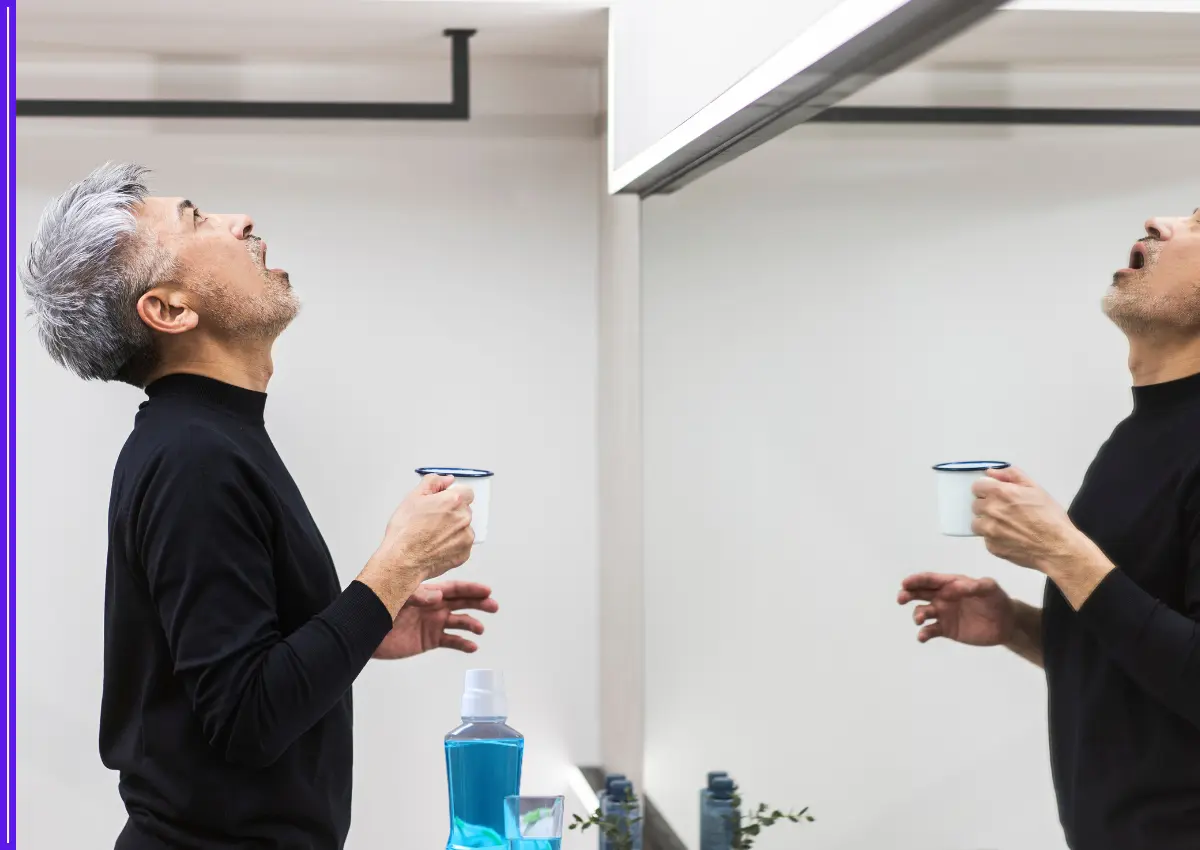Google has unveiled Veo 3, the latest version of its AI-powered video generation model, taking a bold step forward by introducing native audio integration. Unlike previous versions that focused solely on visuals, Veo 3 can now generate synchronized soundtracks — including speech, ambient effects, and background music — alongside the video.

Announced at the company’s annual I/O 2025 event, Veo 3 represents a significant breakthrough in generative AI, allowing creators to move beyond silent clips and build complete multimedia stories with a single prompt. Whether it’s a dramatic scene with rain and dialogue or a vibrant cityscape with honking traffic and street chatter, Veo 3 delivers it all—no external editing required.
Google has integrated Veo 3 into its new creative suite, Flow, which brings together video, text, and image generation into a seamless experience. Users can generate short clips based on text descriptions or static images, string scenes together, fine-tune camera angles, and manage assets—all in one platform. Veo powers the video, Imagen supports visuals, and Gemini handles the text and narration elements.
“Veo 3 brings us closer to the future of storytelling—one where anyone can become a filmmaker using just their ideas,” said a Google spokesperson during the launch.
Currently, Veo 3 is accessible to users enrolled in Google’s AI Ultra plan, which costs $249.99 per month in the U.S. The premium access includes early features and deeper creative controls, aimed primarily at filmmakers, content creators, and media professionals exploring AI-driven production.
As AI continues to evolve, Veo 3 could redefine digital content creation by merging cinematic visuals with generative audio—making it easier than ever to bring stories to life without traditional production teams.
Google Veo 3 Explained: The Future of AI Video Creation with Built-in Audio
When Google introduced Veo 3, it wasn’t just another software update. It marked a major turning point in the world of artificial intelligence and creative technology. Unlike the short-lived news cycle of its launch, Veo 3 deserves to be remembered as the AI video tool that started shaping the future of storytelling. With its built-in audio generation and advanced video editing capabilities, this tool is not just about automating video creation but about empowering creators, educators, and businesses to communicate in ways that were once unthinkable.
The Evolution of Google Veo: From Experiments to Revolution
Artificial intelligence in video is not new, but Google has been steadily refining its approach. Earlier versions, Veo 1 and Veo 2, were promising steps in automated video editing and generation. They showed how algorithms could stitch images, add text, or generate basic video structures. However, these tools lacked depth, realism, and seamless integration of sound.
Veo 3 changed that. By combining generative video with AI-powered audio in a single platform, Google bridged the gap between imagination and production. It isn’t just software—it’s the evolution of filmmaking at scale.
(Anchor: history of AI video creation)
Key Features of Google Veo 3
Veo 3 comes loaded with features that make it more than just a video generator. Here are some of its standout functions:
- Built-in Audio Generation – Unlike previous tools where video and audio had to be created separately, Veo 3 integrates natural-sounding voices, background music, and ambient sounds directly into the workflow.
- Hyper-Realistic Video Outputs – Videos are not limited to simple animations. Veo 3 produces cinematic-quality sequences with smooth transitions and realistic rendering.
- Natural Editing Tools – Users can describe edits in plain language. For example, typing “make the lighting more cinematic” instantly adjusts the video tone.
- Seamless Integration with Google Cloud – Making it easy for businesses and creators to scale their content production.
- Multilingual Support – Audio and subtitles can be generated in multiple languages, breaking barriers for global audiences.
(Anchor: latest AI tools by Google)
How Veo 3 Stands Apart from Other AI Video Tools
The AI video industry has many players today. Tools like OpenAI’s Sora, Runway, and Pika Labs are pushing boundaries. But Veo 3 differentiates itself with its end-to-end integration.
- Against Sora: Sora is powerful in text-to-video, but Veo 3’s built-in audio offers a fuller package.
- Against Runway: Runway is strong for creators, but Veo 3’s Google ecosystem integration makes it better for businesses.
- Against Pika Labs: Pika is popular for animations, but Veo 3 leans toward cinematic storytelling.
This makes Veo 3 not just a competitor but a category-defining tool.
(Anchor: AI video creation tools comparison)
Why Creators and Businesses Love Veo 3
The true power of Veo 3 lies in its accessibility. For years, video production required high budgets, skilled editors, and time-consuming workflows. Now, an independent creator can produce content that looks like a professional studio project.
- YouTubers can generate story-driven videos with narration and background music.
- Marketers can create ad campaigns in minutes instead of weeks.
- Educators can build engaging visual lessons that speak multiple languages.
- Filmmakers can prototype storyboards and scenes at lightning speed.
Veo 3 democratizes content creation, leveling the playing field for small creators and large studios alike.
(Anchor: AI tools for content creators)
Ethical Challenges and Limitations
Like any powerful tool, Veo 3 raises important ethical questions. The ability to generate highly realistic videos with audio could be misused for misinformation, deepfakes, or harmful content. Google has acknowledged these risks and introduced safeguards such as watermarking and content authenticity checks.
Still, as the technology grows, regulation and responsible use will be key. This debate will shape how AI-driven video evolves over the next decade.
(Anchor: AI ethics in video creation)
The Future of Google Veo and AI Video
The launch of Veo 3 is not the end of the journey but a milestone in a longer story. With AI advancing at breakneck speed, we can expect future versions to offer:
- Real-time video generation from live inputs
- Smarter collaboration features for teams
- Even more natural human-like voices and expressions
- Integration with VR and AR for immersive experiences
Google’s vision with Veo 3 is not only to improve video creation but to redefine storytelling itself.
(Anchor: future of AI in video creation)
Real-World Use Cases of Google Veo 3
- Education: Teachers can create multilingual, interactive lessons.
- Healthcare: Hospitals can generate patient awareness videos quickly.
- Business: Startups can pitch ideas through polished presentations.
- Entertainment: Music videos and short films can be produced without massive crews.
This tool makes professional-quality media accessible, ensuring AI doesn’t just serve big corporations but also small creators. AI in education and business)
Frequently Asked Questions (FAQs)
What is Google Veo 3 used for?
Veo 3 is used to generate professional-quality videos with built-in audio, narration, and editing tools, making content creation faster and more accessible.
Is Google Veo 3 free to use?
Currently, Veo 3 is part of Google’s AI ecosystem. Pricing varies depending on personal, business, or enterprise use.
How does Veo 3 differ from OpenAI’s Sora?
While both are powerful, Veo 3 integrates video and audio creation, while Sora is more focused on high-quality text-to-video generation.
Can Google Veo 3 be used for professional films?
Yes, while still evolving, its cinematic rendering and editing capabilities make it suitable for short films, ads, and prototypes.
Will AI video tools replace human creators?
No. Instead, they are meant to enhance creativity, speed up workflows, and make content accessible to more people. Human creativity and storytelling remain irreplaceable.
Conclusion
Google Veo 3 is more than just a product launch. It represents the next chapter in AI-driven creativity, where anyone can become a storyteller. Its combination of video and audio generation is not only a technological leap but also a cultural shift in how we create, share, and consume content.
As AI continues to evolve, Veo 3 will remain a cornerstone in the journey toward democratized media production. For creators, businesses, and educators, this is the moment to embrace the tool that is shaping the future of digital storytelling.









